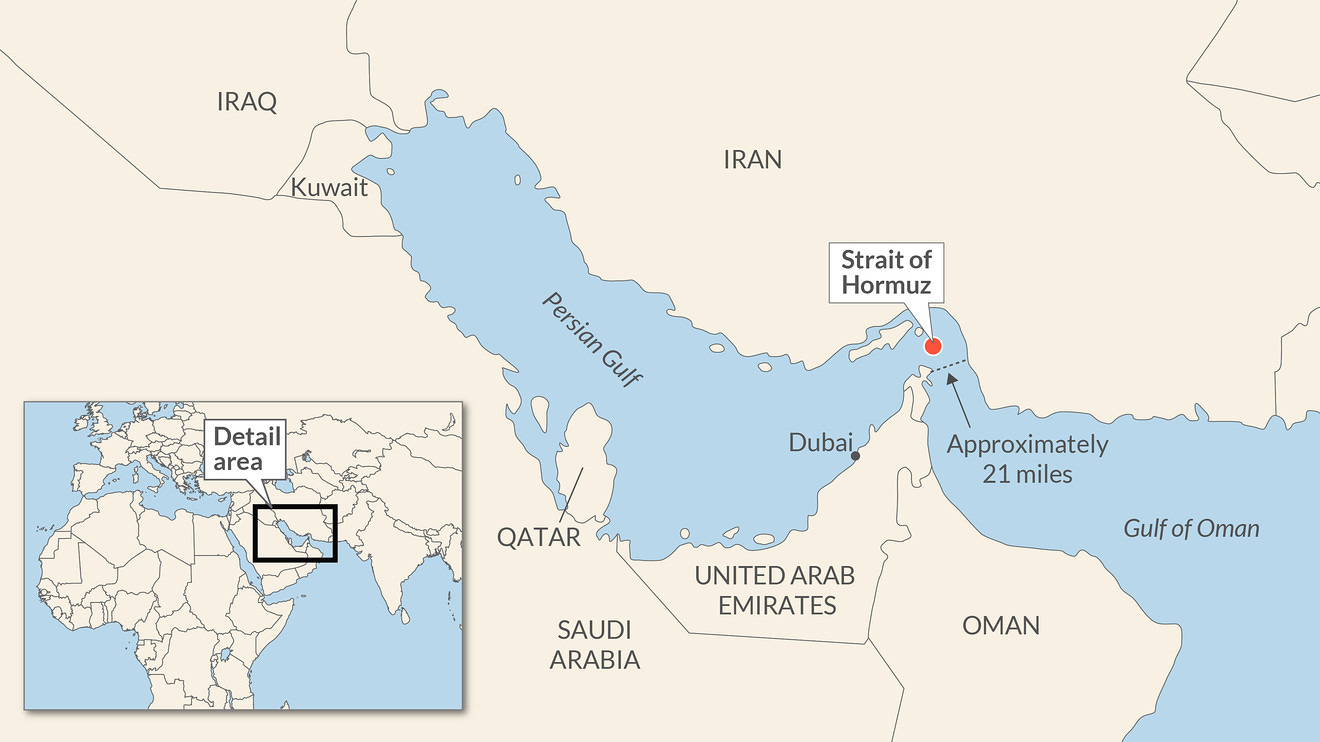Experts Caution Closure of Hormuz Strait Could Lead to Higher Oil and Gas Prices
Experts are warning that if tensions between Iran and Israel result in the closure of the Strait of Hormuz, it could lead to an increase in prices for crude oil and liquefied natural gas (LNG).
The cautionary message comes from analysts at Indian Motilal Oswal Financial Services. They acknowledged that efforts to calm tensions could prevent a sudden price surge but emphasized the significance of the Strait of Hormuz, which currently facilitates the transportation of 21 million barrels of crude oil and other liquid energy products every day. Finding alternative routes for such large volumes in the event of a closure would be extremely challenging.
The potential threat of Iran closing the Strait of Hormuz, situated off its coast, has loomed over the global oil market for years. Although Iran has threatened closure multiple times, it has never followed through, likely due to the realization that shutting down the strait would also cut off its own access to the oil market.
The analysts also pointed out that while attention is primarily focused on the oil market, the price spike for LNG could be even more pronounced.
"Although investors are primarily concerned about oil, we anticipate that LNG prices could experience a more significant increase if the Strait of Hormuz is closed because there are no alternative routes available," they stated, as reported by the Business Standard.
According to the analysts, oil from the United Arab Emirates and Saudi Arabia can be rerouted through the Red Sea, but there are no comparable alternatives for LNG.
The Strait of Hormuz handles approximately 20% of the world's daily crude oil consumption. Last year, it facilitated an average daily rate of around 20.5 million barrels, according to data from Vortexa cited by Reuters.
In terms of LNG, the Strait of Hormuz is crucial for Qatar's global exports, handling nearly all of its shipments. Vortexa data shows that the annual LNG throughput through the strait last year amounted to approximately 80 million tons, equivalent to one-fifth of the global total.



